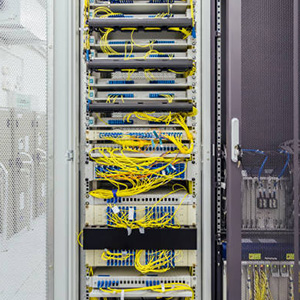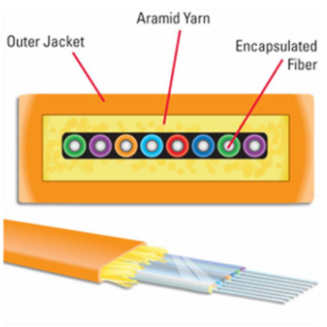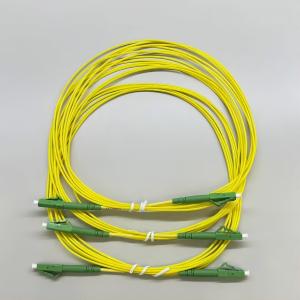Polarization-Maintaining Fiber (PMF) is a special optical fiber that can effectively maintain the polarization state of the optical signal. Compared with ordinary optical fiber, polarization-maintaining fiber has a wide range of applications in optical communications, lasers, optical sensing and other fields. This article will introduce the working principle of polarization-maintaining fiber in detail and compare it with ordinary optical fiber. If you want know more about ordinary fiber patch cable, pls read the airticle: Types of fiber optic patch cords.
Working principle of polarization-maintaining fiber
Due to the symmetry of the internal structure of ordinary optical fiber, the polarization state will be lost when the optical signal propagates, that is, the direction of polarized light will change as the light propagates in the optical fiber. The direction of polarization-maintaining fiber will change as the light propagates in the optical fiber. Polarization-maintaining fiber can effectively prevent the polarization state of the optical signal from changing by introducing some special designs and materials into the internal structure.
The internal structure of polarization-maintaining fiber
It usually consists of a central core, a layer surrounding the core and an enveloping layer. The central core is the main area for optical signal transmission, and the surrounding core and enveloping layer around it are mainly used to protect and isolate the central core. In polarization-maintaining optical fiber, some special materials, such as birefringent materials or glass materials with suitable shapes, are usually added to achieve the polarization-maintaining effect of optical signals.
why polarization-maintaining optical fiber can maintain the polarization state of optical signals
Asymmetry and birefringence. First, the asymmetric shape of the core and the surrounding core of the polarization-maintaining optical fiber makes the optical signal more inclined to maintain the original polarization direction during propagation. Secondly, the birefringence properties of the core material and the surrounding core material make the two polarization components of the optical signal have different propagation speeds. When the optical signal is incident on the polarization-maintaining optical fiber, the two polarization components will propagate along different paths, eventually causing their relative phases to change. By properly adjusting the structure and material parameters of the polarization-maintaining optical fiber, the relative phase difference of the two polarization components can be kept unchanged, thereby keeping the polarization state of the optical signal unchanged.
Compared with ordinary optical fiber, polarization-maintaining optical fiber has the following significant differences:
- Polarization-maintaining performance: Polarization-maintaining optical fiber can effectively maintain and transmit the polarization state of the optical signal, while ordinary optical fiber will introduce a large amount of polarization-related loss, resulting in the loss of polarization state.
- Bandwidth: Due to the asymmetry of the core and surrounding core of polarization-maintaining fiber, its transmission bandwidth is relatively narrow, which is slightly less than that of ordinary optical fiber.
- Anti-environmental interference performance: Polarization-maintaining fiber has a high anti-interference ability to changes in environmental factors such as temperature, pressure and bending, while ordinary optical fiber is more sensitive to the influence of these factors.
- Production cost: Since polarization-maintaining fiber requires more complex technology in the manufacturing process, its production cost is relatively high.
In short, as a special optical fiber, polarization-maintaining fiber has a wide range of potential in application fields. It can effectively maintain the polarization state of optical signals and improve the performance and reliability of fields such as optical communications and optical sensing. Although the manufacturing cost of polarization-maintaining fiber is relatively high, with the advancement of technology and the increase in demand, it is believed that it will have a wider application in the future.











